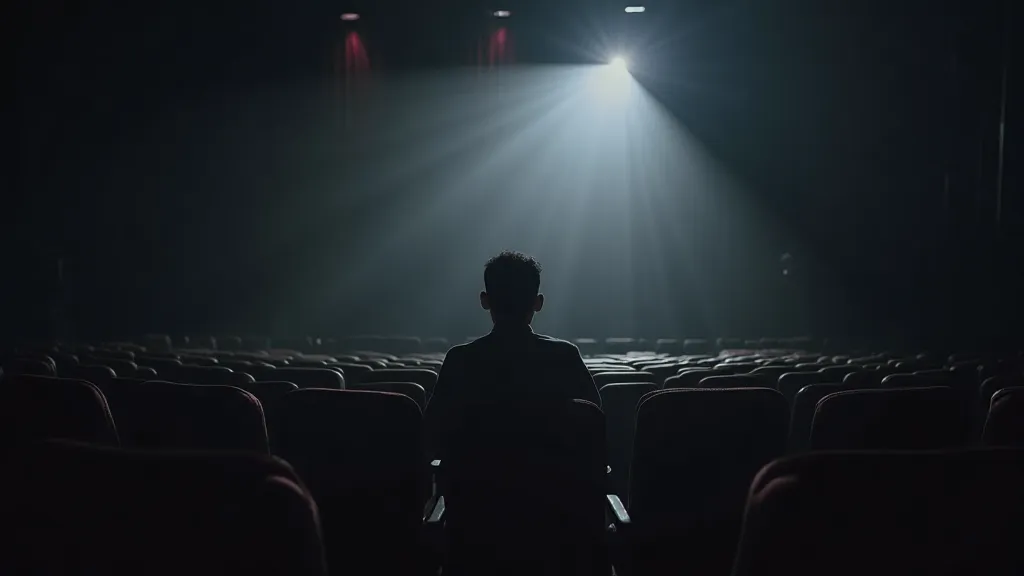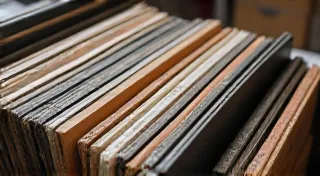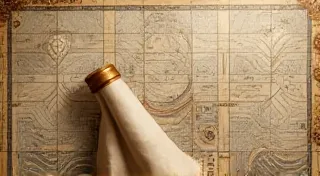The Composer’s Secret Language: Deciphering Subtle Musical Cues
We talk about the visuals of film, the performances, the cinematography – and rightfully so. But often, a silent and crucial partner in creating a film’s emotional landscape goes largely unacknowledged: the music. For those of us drawn to forgotten movie soundtracks, the beauty isn't always in the bombastic orchestral swells, but in the delicate whispers, the understated harmonies, and the choices that tell a story without uttering a single word. Learning to decipher these “musical cues” unlocks a deeper understanding and appreciation for the artistry involved.
My fascination began, strangely enough, with an accordion. My grandfather, a carpenter who’s hands seemed to create magic in wood, also played an accordion – a beautiful, antique Hohner, scarred with the marks of time and countless melodies. He rarely spoke about the music itself, but I remember the way his fingers danced across the keys, the mournful beauty of the bellows rising and falling, a silent dialogue between man and instrument. That instrument, that feeling – it instilled in me a sensitivity to the nuances of sound, a willingness to listen for what isn’t explicitly stated.
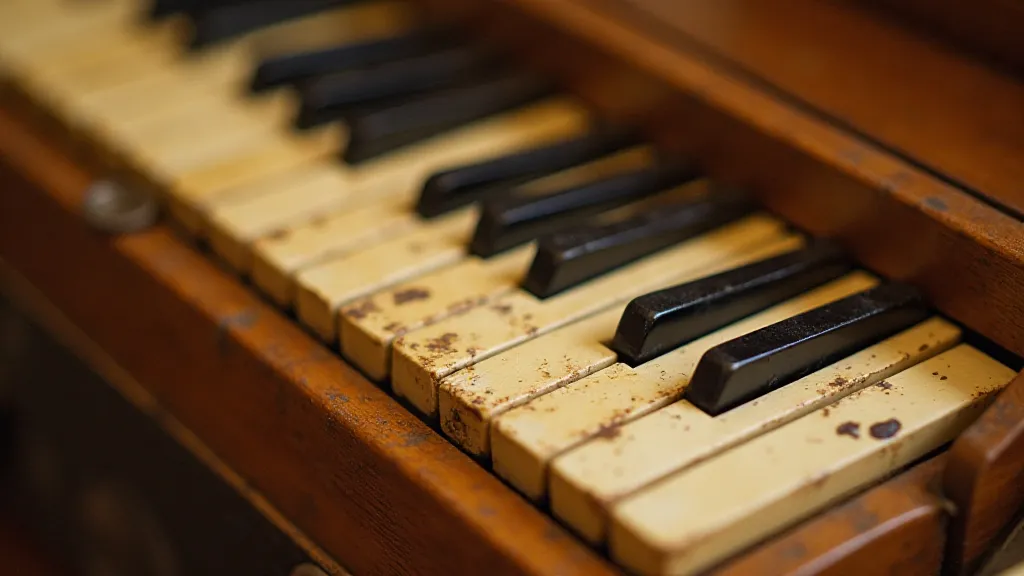
The Historical Context: A Symphony of Constraints
To truly understand the significance of subtle musical cues, we need to consider the historical context. Early cinema, particularly in the silent era, relied heavily on live music. Musicians would improvise scores based on the film’s action, often using popular songs or classical pieces. As films transitioned to synchronized sound, budgets were often tighter, and musical scores became less extravagant. Composers were often expected to create entire scores quickly and cheaply, leading to a reliance on stock music, limited instrumentation, and a focus on functional music rather than artistic expression.
This wasn’t necessarily a negative thing. The constraints of the era often fostered creativity. Composers learned to say a lot with a little, to convey complex emotions with simple melodic motifs and carefully selected instrumentation. They became masters of implication, using music to suggest, rather than explicitly state, what was happening on screen. This need to communicate effectively with limited resources often resulted in a layered approach to scoring, where a single, recurring theme could represent multiple characters or ideas—a technique that rewards attentive listeners and further illuminates the importance of recognizing how fragmented reflections of these themes appear throughout a film.
Instrumentation and Its Significance
The choice of instruments is rarely arbitrary. A soaring string section might evoke grandeur or romance, while a lone oboe might suggest melancholy or isolation. Consider the prevalence of the theremin in 1950s science fiction soundtracks. Its eerie, ethereal tone perfectly embodied the anxieties and uncertainties of the atomic age. Similarly, the use of the harmonica, often associated with the American West, instantly conjures images of vast landscapes and lonely cowboys. These are shorthand cues, but even their application can be incredibly subtle. A brief, almost imperceptible flutter of strings might foreshadow a sudden, devastating loss. A slightly dissonant chord might signal underlying tension. Beyond simply selecting the right instrument, mastering the art of composition meant understanding how those choices resonated with the audience and contributed to the film's overall emotional impact. The ability to express profound emotion using just a few carefully chosen instruments speaks to the ingenious solutions composers found to overcome the limitations of the era.
Forgotten movie soundtracks often showcase unusual or less conventional instrumentation. You might find a prominent use of the cimbalom (a Hungarian hammered dulcimer), the nyckelharpa (a Swedish keyed fiddle), or even instruments built entirely from found objects. These choices not only add sonic texture but also contribute to the film’s unique identity. They tell us something about the director’s vision, the film’s setting, and the overall tone. The skill in using these unique instruments wasn't just about novelty, but about adding a particular flavor to the film’s auditory landscape, creating a truly distinctive experience for the viewer.
Leitmotifs: The Composer’s Signature
One of the most powerful techniques composers use is the leitmotif – a recurring musical phrase associated with a specific character, object, or idea. Think of John Williams' iconic theme for Darth Vader. Every time we hear it, we know exactly who is present, even if we can’t see him. But even in lesser-known films, subtle use of leitmotifs can add layers of meaning. A simple melody played on a solo piano might represent a character’s hidden longing. A dissonant chord might be linked to a particular trauma. Learning to identify these recurring motifs and tracing their development throughout the film provides a valuable insight into the narrative’s underlying structure. The power of a leitmotif isn't just about recognition; it's about the emotional weight and narrative depth it adds to the story, often subtly influencing the viewer’s perception of events.
The beauty of forgotten soundtracks often lies in how subtly these motifs are employed. They might be fragmented, distorted, or combined with other musical elements to create unexpected juxtapositions. This requires attentive listening and a willingness to look beyond the obvious. The way a motif evolves or returns in unexpected forms can reveal a character's transformation or a story's deeper meaning—a nuanced understanding that makes appreciating truly forgotten soundtracks a uniquely rewarding experience.
The Fleeting Nature of Emotion: Soundtrack Music
The power of film music isn't solely found in the melodies themselves, but in its ability to capture and amplify the emotions experienced by the characters and the audience. But what happens when those soundtracks are lost, fragmented, or simply overlooked? The passage of time can be incredibly harsh on artistic endeavors. Just like memories fade, the sounds of the past often become faint echoes, struggling to be heard above the noise of the present. It's a poignant reminder of the ephemeral harmonies of life, and the importance of preserving these fleeting moments of beauty and artistry.
Restoration and Collecting: Preserving the Echoes
Preserving these forgotten soundtracks is an increasingly important endeavor. Original film reels are often fragile and deteriorating, and the music they contain can be lost forever. Thankfully, a growing community of dedicated archivists and soundtrack enthusiasts are working to restore and preserve these precious recordings. This work goes beyond simply transferring the music to a digital format; it involves meticulous cleaning, repair, and often, even recreating missing sections based on historical accounts and analysis of the film itself.
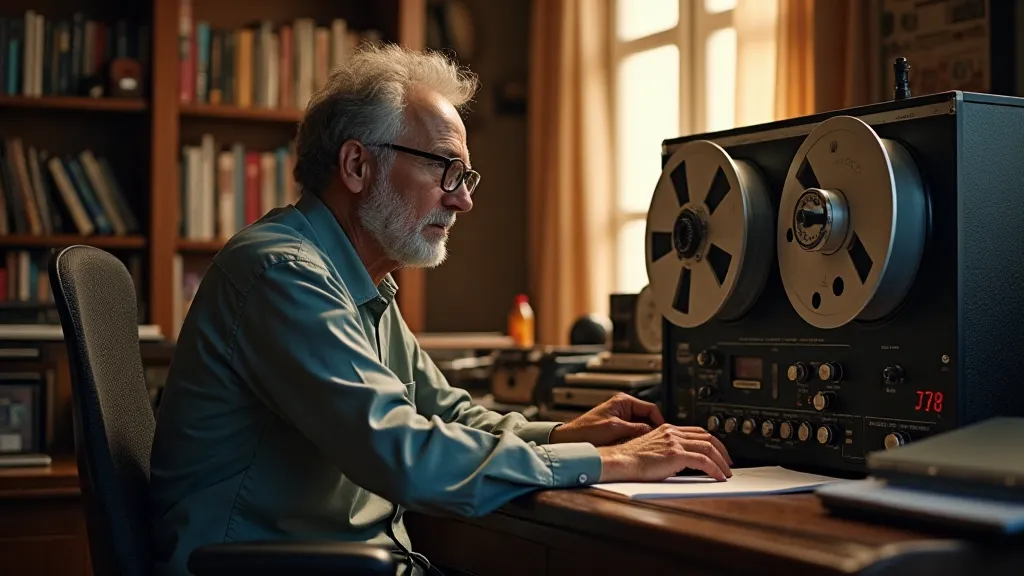
For those interested in collecting vintage movie soundtracks, there are several avenues to explore. Original soundtracks on vinyl can be incredibly valuable, but are also increasingly rare. CDs and digital downloads are more accessible, but often lack the warmth and character of the original recordings. Online forums and communities dedicated to film music are a great resource for finding rare and obscure soundtracks, as well as connecting with other enthusiasts. A little research into the film's production history can also reveal interesting information about the music's creation and distribution. The pursuit of these rare recordings often leads to fascinating discoveries about the film's production and the creative processes involved.
Imagining Lost Scores
Sometimes, the music associated with a film isn't what was originally intended. Many films have undergone significant changes over time, including changes to their musical scores. What happens when the original score is lost or heavily altered? In these instances, the work of reconstructing and imagining the lost soundscape becomes an art form in itself. The ability to envision the score that *could* have been, based on the film’s narrative and visual cues, speaks to a deep understanding of film music and its potential.
When Silence Speaks Louder Than Music
While music plays a crucial role in shaping the emotional landscape of a film, there are times when silence is the most powerful tool. A well-placed moment of silence can heighten tension, emphasize a character’s isolation, or create a profound sense of awe. The absence of music can be just as telling as its presence, forcing the viewer to confront the raw emotion of the scene without any sonic crutch. It's a testament to the director’s skill and the film's overall artistic vision – a powerful reminder that when silence speaks louder than a film score.
The Value of Attentive Listening
Ultimately, deciphering subtle musical cues is about cultivating a more attentive and empathetic approach to film. It's about slowing down, listening beyond the surface, and allowing yourself to be moved by the unspoken language of music. It’s about appreciating the craft and artistry that goes into creating a truly immersive and emotionally resonant cinematic experience. Just as my grandfather’s hands seemed to conjure magic from the aged wood of his accordion, the composer's secret language, once understood, reveals the profound and often overlooked beauty of forgotten movie soundtracks.
So, next time you’re watching a film – especially one that's a bit under the radar – take a moment to listen. Close your eyes. Let the music wash over you. You might be surprised by what you discover.
